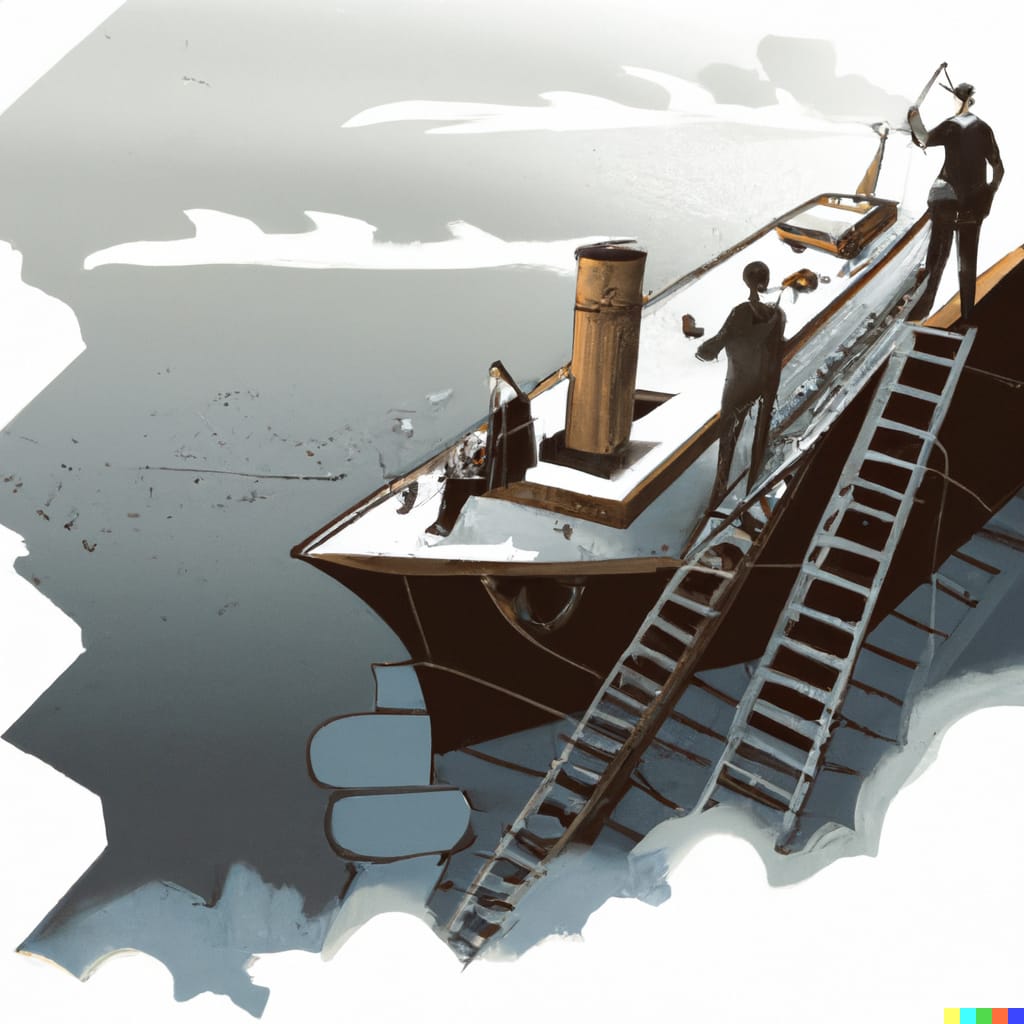Introduction: Finding the Balance Between Empathy and Subjectivity in Design
In the world of design and innovation, two seemingly contrasting forces often come into play: empathy and subjectivity. Empathy drives us to understand the needs and desires of those we’re designing for, while subjectivity allows us to infuse our unique creative vision into our work. But how do we find the balance between these two? Let’s explore this delicate dance through real-world examples, design patterns, workflow, and customization.
The Dance Between Empathy and Subjectivity
Empathy is about stepping into someone else’s shoes, understanding their needs, and designing solutions that resonate with them. Subjectivity, on the other hand, is about expressing our unique creative vision. It’s what makes our work distinctly ours.
Finding the balance between these two can be a nuanced challenge. Let’s look at some examples:
Designing a Community Park
Imagine a landscape architect tasked with designing a community park. She interviews local residents to understand their needs (empathy) but also infuses the design with her artistic vision (subjectivity). By using established design patterns like playground layouts and walking paths, she creates a functional space that reflects both the community’s desires and her creative flair.
Developing User-Friendly Software
Consider a software designer creating a project management tool. He engages with potential users to understand their pain points (empathy) and brings his unique perspective on usability and aesthetics (subjectivity). By offering customization options, users can tailor the software to their workflow, making it both beautiful and effective.
Anticipating Needs: A Skill, Not Chance
The ability to anticipate user needs, even before they know it themselves, is not something left to mere chance. It’s a skill that can be cultivated and honed through a deep understanding of people and a well-crafted design process.
The Landscape Architect: A Case Study
Consider the example of the landscape architect designing a community park. By engaging with the community and understanding their desires, she can anticipate features they might enjoy, even if they haven’t explicitly expressed them.
The Power of Design Thinking
This ability to anticipate needs stems from a strong design process that emphasizes empathy, observation, and human-centered thinking.
Learning from Architecture: The Potential and Challenge of Design Patterns
The concept of design patterns, introduced in traditional architecture, offers valuable lessons for product design. These patterns provide a common language and framework, allowing designers to build on proven solutions and principles.
The Potential: A Unified Approach
Design patterns have the potential to bridge the gap between different design disciplines, from architecture to product design.
The Challenge: Integration and Compatibility
However, the integration of design patterns across various design fields has not been without challenges. One possible barrier is the tension between the structured nature of design patterns and the more fluid, synergistic approach often favored by designers.
A Possible Solution: Professional Roles and Education
Introducing design patterns into design-related professional roles and education could be a way to bridge this gap.
Steve Jobs and the Art of Anticipating User Needs
After many tries, Steve Jobs became a master at anticipating user needs and creating products that resonated deeply with consumers. From the intuitive design of the iPhone to the sleek aesthetics of the MacBook, his approach was rooted in empathy.
The Success: Intuitive Design
Jobs’ success lay in his ability to blend technology with art, creating products that were not only functional but beautiful and user-friendly.
The Contrast: The Newton’s Marketing Failure
In contrast, the Newton, a product developed during Jobs’ absence from Apple, serves as an interesting counterpoint. Marketed as a personal digital assistant, the Newton was ahead of its time but faced challenges in size, cost, and timing.
Your Experience with the Newton
My personal experience working for apple and with the Newton offers valuable insights. It was not technically a failure; it served as a good replacement for traditional organizational tools. However, its size and cost, coupled with its early entry into the market, hindered its success.
The Journey of Innovation: Steve Jobs’ Legacy
Steve Jobs’ ultimate success with products like the iPhone, iPad, and MacBook didn’t come overnight. His journey was marked by experimentation, learning, and failure.
The Failures: Learning Opportunities
Jobs had his share of products that didn’t hit the mark, like the Apple Lisa. These failures were learning opportunities that shaped future successes.
The Legacy: A Culture of Innovation
Jobs’ approach to design and innovation created a culture within Apple that continued even after he was gone.
Conclusion: Embracing the Journey
Steve Jobs’ story reminds us that innovation is a journey, not a destination. It’s a path filled with twists and turns, successes and failures. But each step, whether forward or backward, is a part of the process.
His eventual willingness to keep pushing boundaries has left a lasting impact not only on technology and design but on how we approach creativity and innovation. The lessons drawn from his successes, failures, and the broader exploration of empathy, subjectivity, and design patterns offer valuable insights for designers, innovators, and creative thinkers.
Whether it’s the success of the iPhone or the lessons learned from the Newton, Lisa, and other products that were ahead of their time, or the potential and challenges of integrating design patterns across disciplines, this blog unravels a complex tapestry of creativity, failure, and success. It’s a testament to the power of perseverance, vision, and a relentless pursuit of excellence.
Food for Thought Questions
- How can modern designers apply the lessons learned from both the successes and failures of Steve Jobs and Apple?
- What role does timing play in the success or failure of an innovative product, and how can businesses better align their innovations with market readiness?
- How can the balance between empathy and subjectivity be applied in fields outside of technology and design, such as education, healthcare, or social services?
- What other examples of products or services can illustrate the delicate balance between understanding user needs and expressing creative vision?
- How can organizations foster a culture of innovation that embraces failure as a stepping stone towards success, as seen in Apple’s legacy?
This blog unravels the journey of creativity, innovation, and perseverance, offering valuable lessons for designers, innovators, and creative thinkers.


4 thoughts on “How to Balance Empathy and Subjectivity in Design”